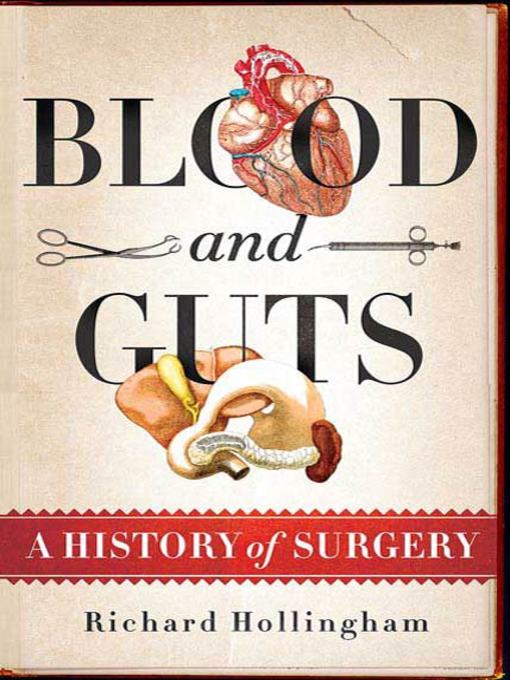
Blood and Guts
A History of Surgery
تاریخچه جراحی
کتاب های مرتبط
- اطلاعات
- نقد و بررسی
- دیدگاه کاربران
نقد و بررسی

October 26, 2009
Glove up and dive in to what Hollingham describes as a “whistle-stop tour” of a gruesome and fascinating field. The BBC journalist and author (How to Clone the Perfect Blonde
) is a deft storyteller who probably never met a dry fact he couldn't infuse with juicy detail. But there's more here than the drive, energy and bravery of medical pioneers, both doctors and patients, from Galen treating gladiators in the second century B.C.E. to Stuart Carter, the first person to have electrical brain implants to treat Parkinson's disease. Hollingham gives us a tribute not only to saving lives but to making them better. Still, it's the missteps that remind us of the human fallibility of even the greatest doctors. “ Liston's operations were messy, bloody and traumatic,” Hollingham writes of Britain's most famous 19th-century surgeon, describing a procedure in which Liston accidentally lopped off an assistant's fingers. “The patient died of infection, as did the assistant, and an observer died of shock. It was the only operation in surgical history with a 300 percent mortality rate.” What better medical history than one that recounts both successes and failures with honesty and gratitude. 16 pages of b&w photos.

























دیدگاه کاربران